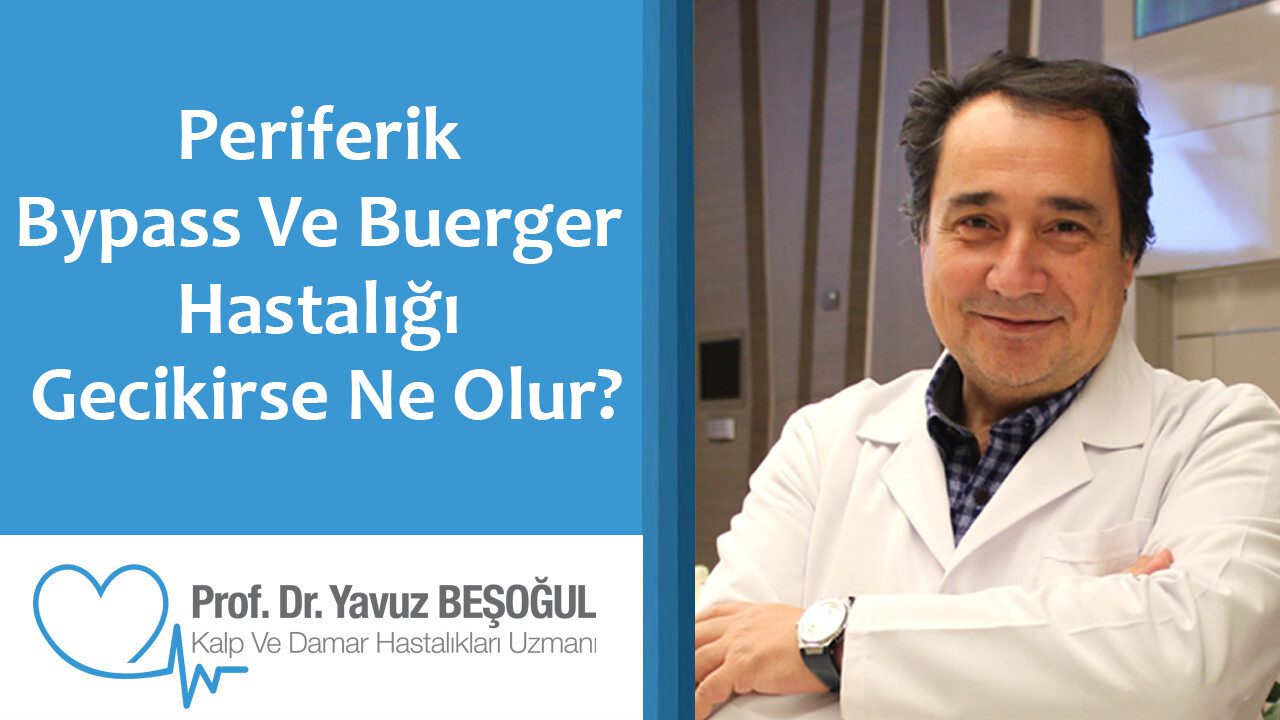A small wound on the toe or a small cut made during nail cutting can quickly progress to the amputation of the toe and even to below-the-knee, and sometimes knee-leg amputation. The person is surprised at what has happened and sees that he has been pounding water in a mortar in the past. In fact, he consulted physicians several times, but unfortunately, after peripheral angiography, an attempt was made to open the completely blocked vein (artery) by advancing a wire. Sometimes, blood thinners and vascular drugs were given for the leg with no blood flow, saying "there is nothing to do".
The artery lumen is sometimes blocked by cholesterol plaques and sometimes by hypertrophy of the vascular endothelium (buerger). Drawing this blocked area with a wire causes a clot to form and the obstruction area to move upwards. In fact, peripheral angiography and bypass performed through a small opening in the artery lumen with minimally invasive techniques can save the entire leg. If a bypass area cannot be found in the artery lumen, side branches (collaterals) form in the time until the occlusion develops. Sympathectomy surgery, that is, eliminating the spasming sympathetic effect on the small-diameter vessels, can be life-saving for the leg. It is very important that the physician knows these methods well and provides timely guidance. If the physician does not have sufficient experience in vascular surgery, he should refer you to training hospitals.
Delayed process not only increases the growth of the wound on the foot but also increases the formation of infection, and unfortunately, the pomades and ointments given for the unnourished foot become a breeding ground for bacteria along with dead tissue. The spreading infection progresses upward depending on the level of occlusion of the artery; The muscle progresses to bone involvement and the amputation level increases to the hip. The increase in the patient's infection levels causes sessipes and even causes death.
For this reason, it is important that the physician does not underestimate the wound on the patient's foot and does not force the obstruction of the lumen with a wire by performing angiography, unless it is a thrombus (clot). It should not be forgotten that a small wound on the toe can lead to sepsis, especially in a young patient.
Let's not forget that a non-healing wound on the toe is the most important symptom of artery occlusion. It causes many symptoms such as delayed nail growth, hair loss, and bruising and pain in the toes in the cold. If the patient and the physician do not care, it may become life-threatening after a short time. The use of ointments and pomades for the unnourished tissue causes the wound to remain watery, and the infection spreads in a very short time.


